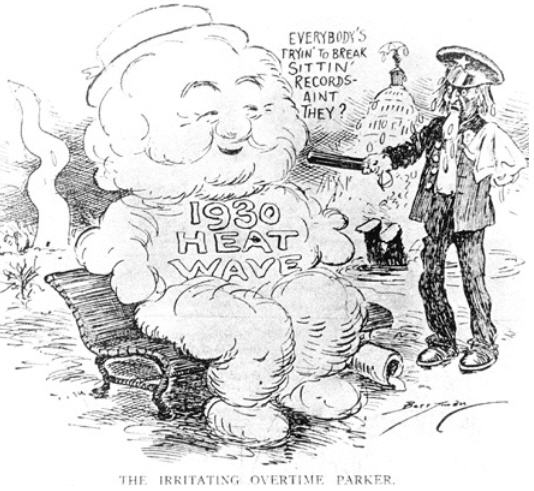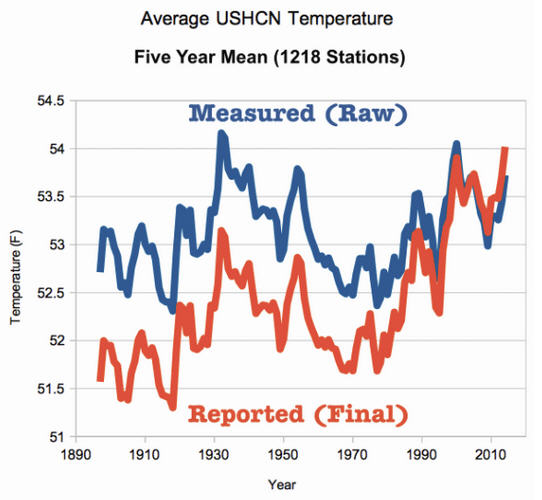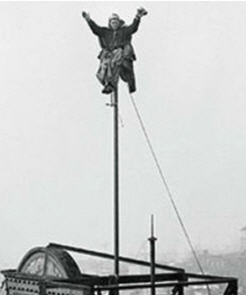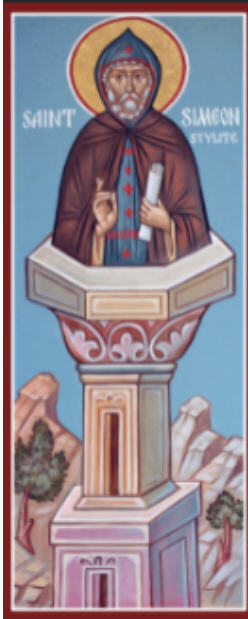
We were doing the reading this bright and sunny Monday morning to try to grapple with what is going on in this wild and exciting world. The Writing Section betrayed bewilderment at some it- you know, grunts and intermittent groaning. A whiff of tobacco smoke from those most recently returned from the Loading Dock area where the unhealthy habit is permitted by Management.
There has been some spectacular reporting on the recent heat wave in the Pacific Northwest of the United States. One of the sources the staff enjoys started out like this:
“Disturbingly, some scientists…suggest only global warming explains that heatwave. However, they ignore the fact that the heatwave’s clear skies reduce the local greenhouse effect driven by water vapor. Additionally, global warming can’t explain cold events such as Europe’s record cold just 2 months earlier. Only natural climate dynamics scientifically explain recent extreme weather events.”
It seemed reasonable enough, since water vapor, the stuff we see as puffy friendly clouds, is a much more powerful greenhouse gas than the minute amount of Carbon Dioxide in our atmosphere (.04%) And the other little factoid about heat waves has been manipulated by the scientists into oblivion. Well, not oblivion, exactly, but to comport more closely with the accepted narrative. Here is how it was done, and trust us, the Footnotes folks scrambled around to say that despite the largest network of observation points, the U.S. is only 2% of the world’s surface area, so just because it was hot here doesn’t mean it wasn’t cold some other places.
But at least people here then noticed it. We had a name for the 1920s- we called it “Roaring.” The 1930s had one, too. “The Dirty Thirties.” That was the decade that matched sweltering (U.S.) weather with economic depression. It also gave us some decent literature about the “Dust Bowl,” and the travails of people who dropped what they were doing and fled barren farmlands for the glorious climate of the Pacific Coast.
You used to hear a fair amount about the events of the 1930s, but it became inconvenient, since the observed record at that time did not comport with the narrative of Science. You know that one, since we are constantly reminded of the “settled science” of inexorable Global Warming. Or were reminded of that until it wasn’t warming quite the way they have been telling us since the hysteria began in 1988. And for those of us old enough to have lived through the 1970s, it was the dread return of the Ice Age that we were supposed to be concerned about. Here is how it was done. Not being critical of the methodology, mind you, but it seems that the “raw” temperatures- the ones reflected on a thermometer when they occurred- didn’t need to be “adjusted” to meet the requirements of a theory:

The cartoon that sits atop this Monday Morning maundering sums up the situation as they saw it here in Washington, the one on the East coast of the United States. Part of the theme to the events of today was another aberrant activity by our citizens, one aside from looking at thermometers. They had one ritual that was entertaining. “Flagpole sitting” participants would scale flagpoles to see who could stay up there the longest. And draw the largest crowds. There is no recorded evidence of duration for people sitting on the ground looking up.
The Washington, D.C. heat wave cartoon at the top is from July 28, 1930. Pulitzer Prize winner Clifford Berryman drew the cartoon. The ‘heat wave’ figure is pictured trying to break a “sitting record,” imitating the flagpole sitters of the day. Berryman chose the summer of 1930 as his example, since the eleven days Washington reached (or exceeded) 100°F was considered remarkable. The hottest day- 106°F- occurred on July 20, 1930.
It got worse across that decade, with memorable high temps coming in 1934 and 1936.
1930 provided an interesting coincidence of social and weather weirdness, a tradition that existed prior to widespread availability of air conditioning. One popular manifestation was “flagpole sitting.” That fad began in 1924 when actor Alvin “Shipwreck” Kelly was challenged to sit atop a flagpole.

Kelly took on the dare and sat on a flagpole for a symbolic 13 hours and 13 minutes. The spectacle inspired a series of imitators who sought to beat the record. During the next five years, flagpole sitters set records of 12 days, 17 days, and 21 days. It was an impressive demonstration of oddity, but paled in comparison to an old tradition of religious zealots who sat atop the classic columns of antiquity to demonstrate their faith and fidelity to the deities of their time.

They even had a name for it: “Stylitism,” practitioners of which included St. Simeon Stylites the Elder. He reigned the practice during his life: 388-495 AD. He sat on one column for 37 years. Since he is known as “the Elder,” one presumes he was able to procreate up there, though the legend is unclear on precisely how that feat was accomplished, or how, for that matter, Shipwreck Kelly was able to take a leak.
Closer to our time, Kelly travelled across America setting up poles and platforms for demonstrations. His sole means of nourishment up there consisted of liquids hoisted up the pole by assistants. In 1929, he performed a stunt that lasted 49 days in Atlantic City, New Jersey. Sadly, his record lasted only a year. In 1930, a daredevil named Bill Penfield sat on a pole for 51 days and 20 hours in Strawberry Point, Iowa. He could have gone longer, but the weather intervened as a thunderstorm forced him down.
Bill was a believer in weather. So are we. Now, as to St. Simeon, his record may give us some hope for the future. His means of local weather management may have included shouting at it, something that is common in our human mastery of the elements.
Copyright 2021 Vic Socotra
www.vicsocotra.com
